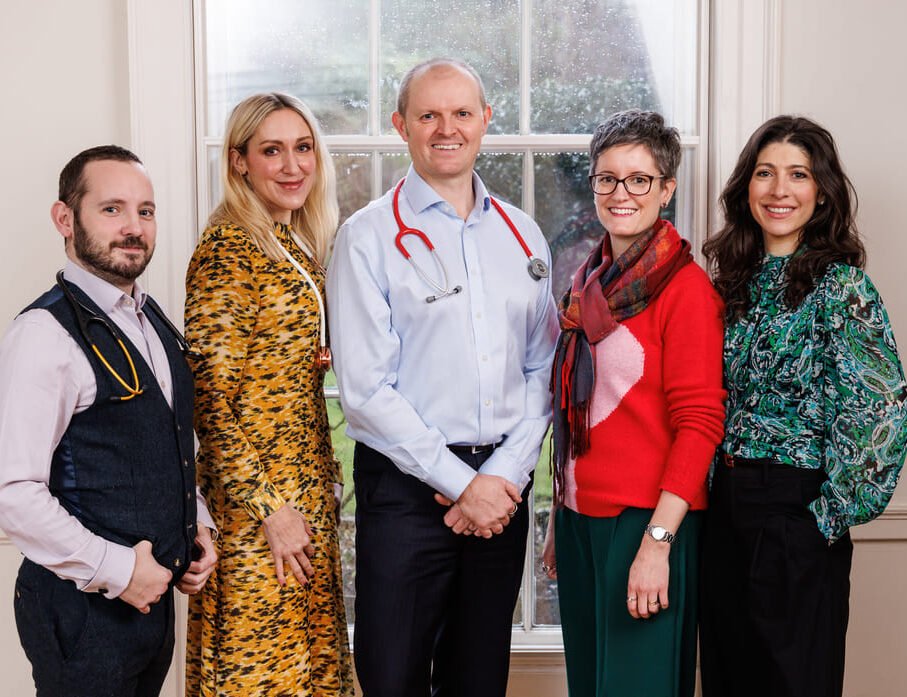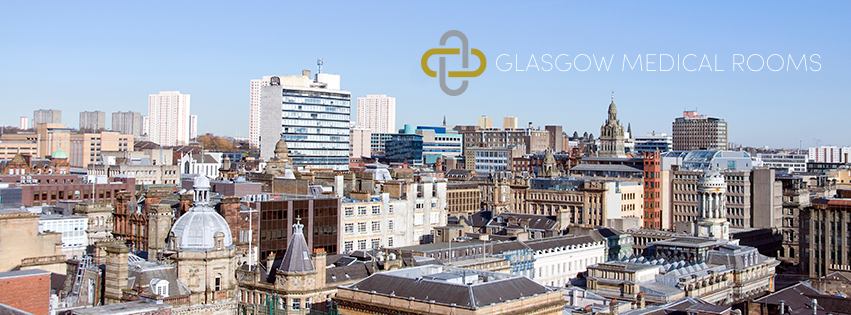Chondrocalcinosis: Symptoms, Diagnosis, Treatments, Risk Factors
All you need to know about chondrocalcinosis. What symptoms should you be looking out for, what treatments are available, and risk factors to bear in mind.
6 minute readWhat is chondrocalcinosis?
Chondrocalcinosis, also known as calcium pyrophosphate deposition (CPD) disease, occurs when calcium pyrophosphate crystals build up in the joints. This buildup causes irritation, leading to cartilage damage and inflammation. This condition is often referred to as ‘pseudogout’, as its symptoms resemble those of gout.
What causes chondrocalcinosis?
Most of the time, chondrocalcinosis has no known cause. It is simply more likely to occur as you age. Plus, it tends to run in families, so genetics also plays a role.
Listed below are some possible causes of chondrocalcinosis:
Hemochromatosis: A genetic condition where your body absorbs excessive iron from the food you eat, which can result in fatal conditions like liver and heart disease.
Hypomagnesemia: Magnesium deficiency, whose symptoms include fatigue, tremors, muscle spasms, delirium, and irregular eye movements.
Hypercalcemia: A condition caused by excessive calcium levels in your blood, causing weakness, muscle cramps, fatigue, dehydration, and an increased heart rate.
Hyperparathyroidism: Excessive secretion of the parathyroid hormone (PTH) caused by overactive or enlarged parathyroid glands, vitamin D deficiency, and hypercalcemia.
Hypothyroidism: Slow metabolism that results from underactive thyroid glands.
What are its symptoms?
Not everyone with calcium deposits in their joints has symptoms, but the ones who do experience it primarily in their wrist, elbow, shoulder, and knee joints. The symptoms include:
Sudden, intense joint pain
Swollen joints that feel warm and tender when touched
Redness of skin around the affected joints
Fever and body aches
Weakness and fatigue
Low-grade inflammation
Morning stiffness or soreness
The symptoms of chondrocalcinosis can last for several days or weeks. If the condition goes untreated, it can lead to the following:
Loss of cartilage
Cysts, which are small pockets filled with pus and other fluids
Bone spurs, or small projections that stick out from the bones
Permanent joint damage
How is this condition diagnosed?
To diagnose chondrocalcinosis, your doctor will use a needle to extract fluids from your inflamed joints. Next, they will test the fluid for calcium pyrophosphate crystals. Additionally, they can order imaging tests like X-rays, MRI scans, and CT scans to detect calcium deposits.
Once the crystals are identified, your doctor orders blood tests to rule out other conditions that can lead to similar symptoms and ultrasound tests to identify the areas with calcium buildup.
How is chondrocalcinosis treated?
Chondrocalcinosis has no treatment, as there are no medically sound techniques for removing or destroying calcium pyrophosphate deposits from the joints. However, several methods exist to relieve pain and help you manage its symptoms:
Medications
Generally, your doctor prescribes nonsteroidal anti-inflammatory drugs (NSAID) like ibuprofen, diclofenac, and naproxen. They can also recommend Tylenol (acetaminophen) to manage pain; however, it does not help reduce swelling. Acetaminophen is preferred over NSAIDs if you have high blood pressure or a history of stomach ulcers.
If you have frequent chondrocalcinosis attacks, doctors can prescribe low doses of colchicine, a drug used to prevent gout flare-ups. While other painkillers might be available over-the-counter, you need a prescription to purchase colchicine.
If you have chronic inflammation from chondrocalcinosis, your doctor might prescribe medications like Plaquenil and Quinoric (hydroxychloroquine) or Trexall (methotrexate).
Joint aspiration and surgery
In case you experience extreme pain and swelling in the joints, your healthcare provider can use a needle to drain some of the built-up fluid. They will follow it up by injecting a numbing medication and a corticosteroid into your joint to reduce pain and inflammation. This process is known as joint aspiration.
Surgically removing the affected joints can also be an option for people with severe chondrocalcinosis.
Complementary therapy
Prolotherapy, or regenerative injection therapy, is a complementary treatment for joint and muscle pain. It is performed by injecting an irritant solution (most commonly sugar solution) into the affected joint or surrounding tendons and ligaments.
The solution is presumed to reduce pain by triggering the connective tissue growth around the joint. While more research is needed to prove how effective prolotherapy is, the best way to determine if it is right for you is to consult your healthcare provider.
Home remedies
Your doctor can suggest home remedies and lifestyle changes that help you prevent pain and swelling caused by chondrocalcinosis. Some of these remedies are as follows:
Cold therapy: Applying cold compresses to the affected joints can reduce pain and inflammation during a flare-up. Additionally, you can apply cold packs - ice packs, bags of frozen food, etc. - to numb the sore joints if the pain gets debilitating.
Elevation: A painful joint is hard to use, and moving it too often worsens the pain. Therefore, during chondrocalcinosis flare-ups, it helps to rest your joint and keep it raised. For instance, you can elevate your knee joint by placing it on a footrest or lying down with your leg propped up.
Dietary changes: Avoiding foods that might cause inflammation, like processed meats, added sugars, and omega-6 fatty acids, can help manage chondrocalcinosis. To supplement this, add omega-3-rich foods and antioxidants to your diet. You can choose from flax seeds, salmon, sardine, walnuts, dark chocolate, berries, spinach, etc.
While you cannot prevent chondrocalcinosis, you can slow down the severity and development of its symptoms with the right treatment plan.
Risk factors for developing chondrocalcinosis
The disease is more prevalent among women than men - as are most joint-related conditions. Particularly, it is found in men over 30 and women past their menopause. Further, people with the following medical conditions are more prone to having chondrocalcinosis:
Kidney failure
Thyroid problems
Degenerative joint disease (Osteoarthritis)
Diseases affecting iron, calcium, and phosphate metabolism
Important statistics about chondrocalcinosis
According to the NHS, 1-2 in every 100 people in the UK suffer from gout. When it comes to chondrocalcinosis, the Arthritis Foundation estimates that around 50% of people over 85 show some signs of the condition. However, this figure is an approximation.
In 2003, Annals of the Rheumatic Diseases published a study conducted on 1,727 people from the UK. Its findings include:
4.5% of participants had chondrocalcinosis.
The chances of having chondrocalcinosis increase with age.
Most cases were reported among participants aged 80 or higher.
In 2017, another report was published in Advanced Biomedical Research that focused on the prevalence of chondrocalcinosis among people over 50. A total of 600 people from the UK participated in the study, 23 (3.83%) of whom had the condition. According to this report, there was no link between age and the prevalence of chondrocalcinosis, which disproves the findings of the 2003 study. Overall, more research is required to gain clarity about this correlation.






